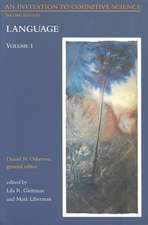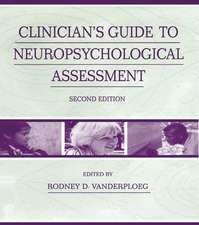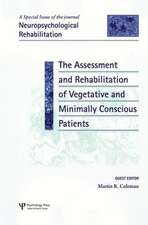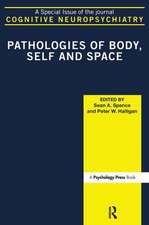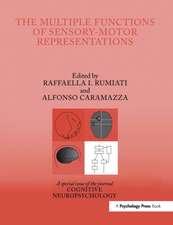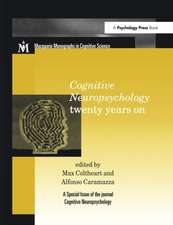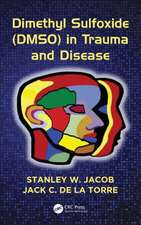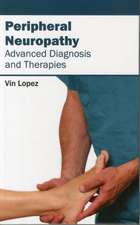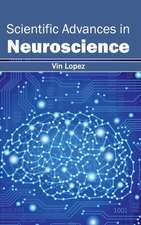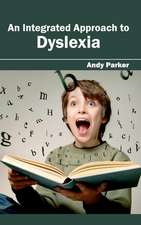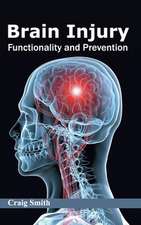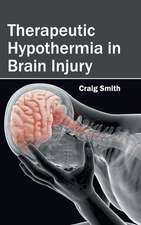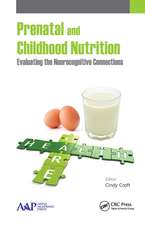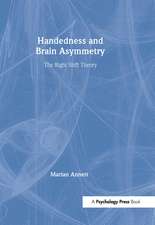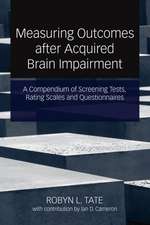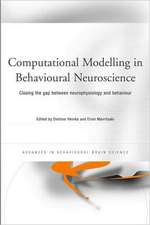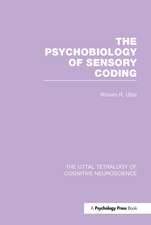Computational Modelling: A Special Issue of Cognitive Neuropsychology: Special Issues of Cognitive Neuropsychology
Editat de Gary S. Dell, Alfonso Caramazzaen Limba Engleză Paperback – 4 feb 2019
| Toate formatele și edițiile | Preț | Express |
|---|---|---|
| Paperback (1) | 318.82 lei 6-8 săpt. | |
| Taylor & Francis – 4 feb 2019 | 318.82 lei 6-8 săpt. | |
| Hardback (1) | 672.40 lei 6-8 săpt. | |
| Taylor & Francis – iul 2008 | 672.40 lei 6-8 săpt. |
Preț: 318.82 lei
Nou
Puncte Express: 478
Preț estimativ în valută:
61.01€ • 63.31$ • 50.100£
61.01€ • 63.31$ • 50.100£
Carte tipărită la comandă
Livrare economică 15-29 martie
Preluare comenzi: 021 569.72.76
Specificații
ISBN-13: 9781138877801
ISBN-10: 1138877808
Pagini: 190
Dimensiuni: 189 x 246 x 16 mm
Greutate: 0.35 kg
Ediția:1
Editura: Taylor & Francis
Colecția Routledge
Seria Special Issues of Cognitive Neuropsychology
Locul publicării:Oxford, United Kingdom
ISBN-10: 1138877808
Pagini: 190
Dimensiuni: 189 x 246 x 16 mm
Greutate: 0.35 kg
Ediția:1
Editura: Taylor & Francis
Colecția Routledge
Seria Special Issues of Cognitive Neuropsychology
Locul publicării:Oxford, United Kingdom
Cuprins
Dilkina, McClelland, Plaut, A Single-system Account of Semantic and Lexical Deficits in Five Semantic Dementia Patients. Nickels, Biedermann, Coltheart, Saunders, Tree, Computational Modelling of Phonological Dyslexia: How Does the DRC Model Fare? Cutini, Di Ferdinando, Basso, Bisiacchi, Zorzi, Visuospatial Planning in the Travelling Salesperson Problem: A Connectionist Account of Normal and Impaired Performance. Goldberg, Rapp, Is Compound Chaining the Serial Order Mechanism of Spelling? A Simple Recurrent Network Investigation. Knobel, Finkbeiner, Caramazza, The Many Places of Frequency: Evidence For a Novel Locus of the Lexical Frequency Effect in Word Production. Goldrick, Does Like attract Like? Exploring the Relationship Between Errors and Representational Similarity in Connectionist Networks.
Notă biografică
Gary S. Dell, Alfonso Caramazza
Descriere
The papers in the special issue describe computational models and principles that attempt to explain the performance of brain damaged subjects.









